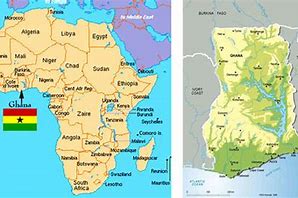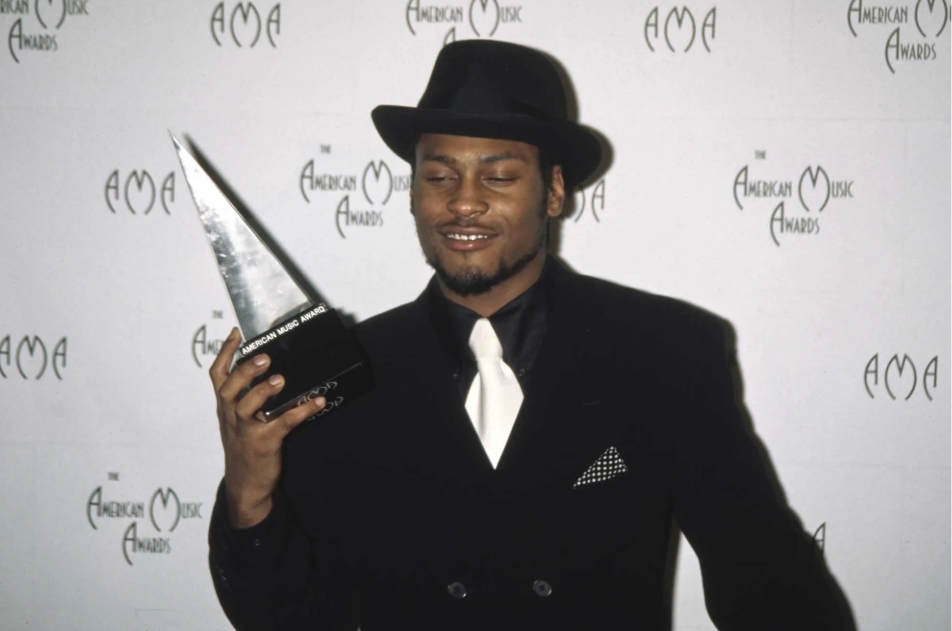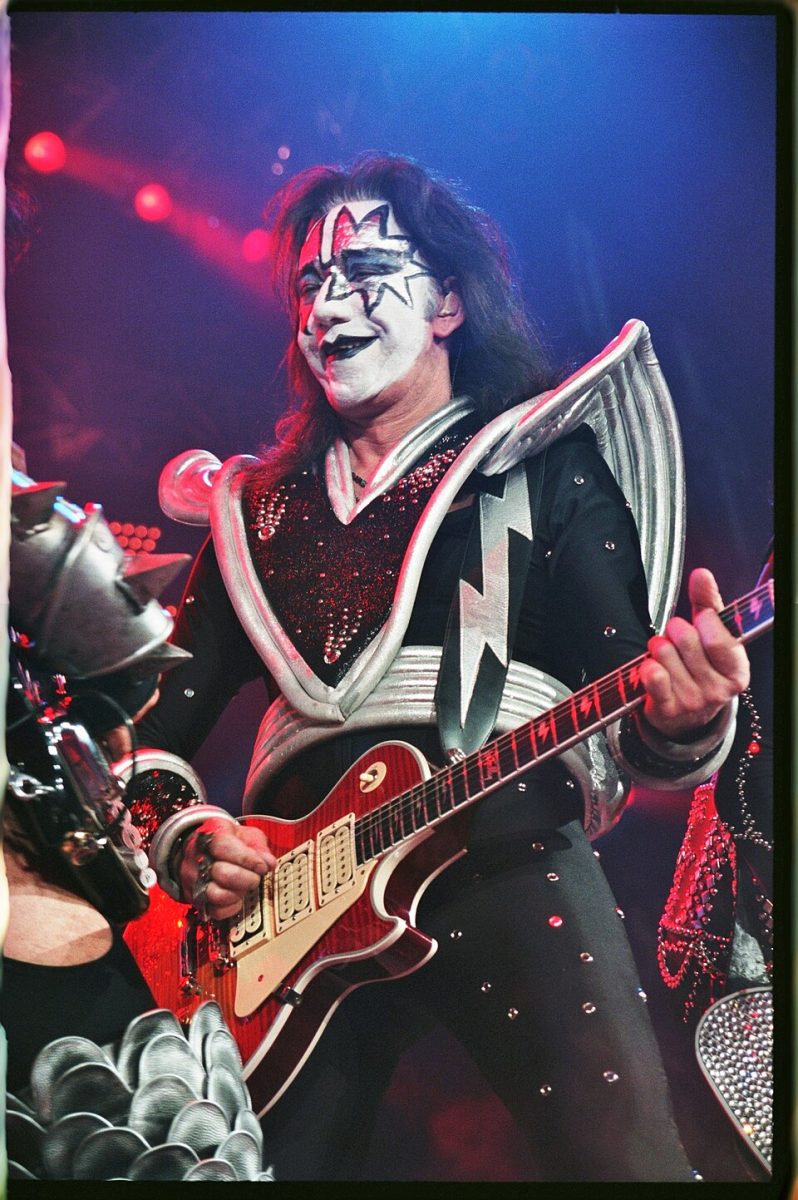Mythology is vast and diverse, no matter where it’s from. Even ones rooted from the same continent can be told differently depending on the country they come from.
African Mythology is comprised of the myths and legends that belong to the indigenous peoples of Africa. Though written accounts of their mythology were not found until 19 CE, it had long before then been passed on via oral traditions and stories, from the older generations to the younger ones. Because of its oral history, it’s impossible to know exactly how old their mythology is.
Myths are meant to teach lessons and values. Although there are differences between what these myths focus on lesson-wise, there are a few common consistencies that they share structure-wise. The myths tend to bring attention to morality. They often feature talking animals getting into trouble, intended to give the message to children to do the right thing.
This Black History month, we’ll be looking into these myths, in order to learn about African culture, values, etc. The lessons learned from these can be applied to people’s personal lives, and their artistic endeavors. By looking at both African Mythology and other mythologies, we can better delve into their cultures, beliefs, morals, and customs.
In honor of Valentines Day being last week, the first myth I’m going to share is the love story of Maadi & Siya and how their love ended the Empire of Wagadou.
The Empire of Wagadou was the first ever empire in all of West African history. The founder of the empire was a seven headed snake named Bida, who ruled with absolute authority. He proclaimed that the most beautiful girl in the land was to be sacrificed as an offering to him. The people of the empire, the elite Soninke, who enjoyed privilege and power, obliged. The council chose Siya, the most beautiful in all the land, as the sacrifice. Her fiancé Maadi protested, but he was ignored. It had to be done.
The video African Mythology: The Love Story of Maadi and Siya, made by the African history channel HomeTeam History, states that, “Siya took the decision well and was ready to die for the greater good and survival of the empire.” Maadi came, ready to fight. She asked him to stop, accepting that she had to die, as her dying would ensure the empire’s survival. In his soul, Maadi knew that he could not accept this. He asked her to run away with him. Siya refused and journeyed the sacrificial route. Her resolve did not shake as she looked into the eyes of Bida.
Maadi told the blacksmith to make him his greatest sword. He rode on his horse, on his way to save his beloved. Siya told him if he killed Bida, Wagadou would be destroyed forever. When he arrived, Bida was at full height, standing over Siya with his 7 heads. He took his sword and one by one cut each head off. Wagadou was doomed forever. “Maadi saved his precious fiancé, and they lived knowing that the passion of their love was the only empire they needed.”
These two were the epitome of fighting against all odds, and striving to protect those you love. They exemplify trying your all when things get tough, no matter how difficult the situation is. In life, giving your all can make the difference between success and failure. Courage can bring about great change in the world.













